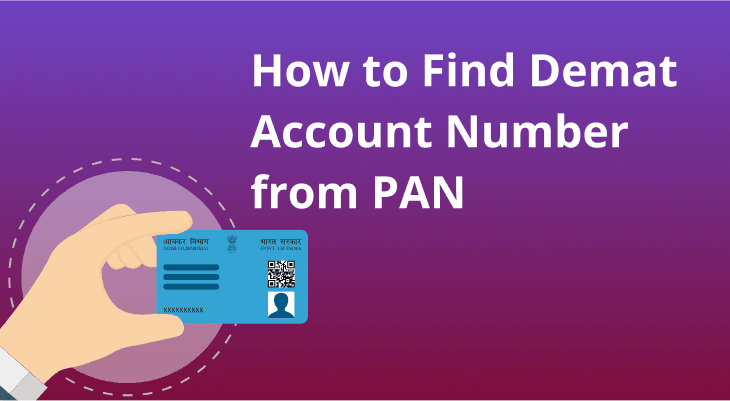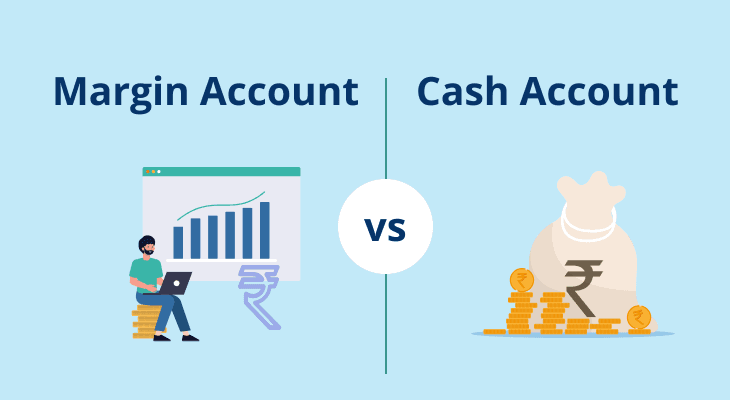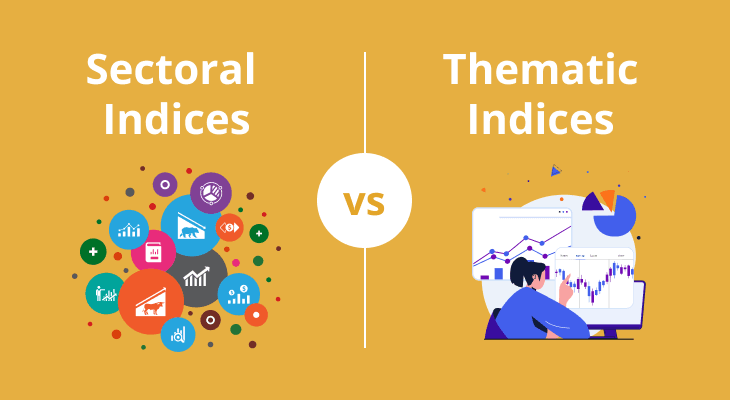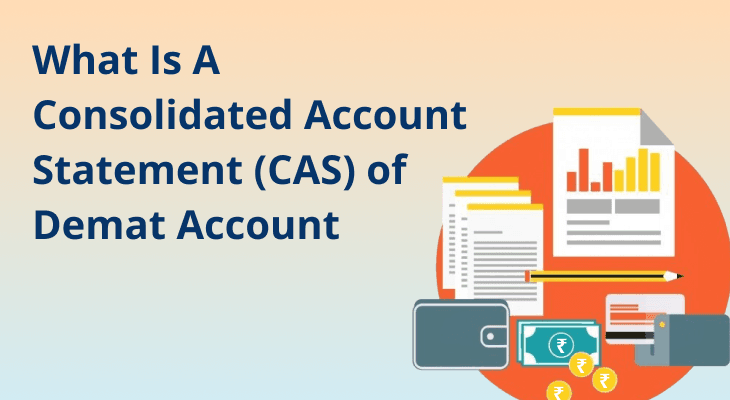
How to Find Demat Account Number from PAN
A Demat account stores your shares electronically, eliminating the need for physical certificates. If you're wondering, "How to know a demat account number using a pan card?" - This article is for you. In this detailed guide, we'll take you through the process of creating a Demat account online, highlight the multiple benefits of attaching your PAN card to it, and show how to find a Demat account number from PAN online.
How to Open a Demat Account Online?
Here's a detailed guide to opening a Demat account online.
Select a DP (Depository Participant)
The first step in setting up a Demat account is to choose a DP. DPs are depository agents who may be banks, brokers, or financial organisations. Research and compare several DPs to select one that meets your requirements in terms of services, charges, and reputation.
Visit the DP’s Website or Download Their App
Once you've decided on a DP, visit their official website or download their mobile app. Most DPs have an easy online account opening process that may be completed instantly from their digital platforms.
Fill Out the Application Form
Look for the option for creating a new Demat account on the DP's website or app. You will need to fill out an application form. The required details often include:
Name
Date of Birth
Email Address
Mobile number
PAN Card Number
Address
Submit Required Documents
After completing the application form, you need to upload additional documents for verification. The following documents are required:
PAN Card: This is required when creating a Demat account and acts as a unique identity.
Proof of Identity: This can be your Aadhaar card, passport, driver's licence, or voter ID.
Proof of Address: Utility bills, bank accounts, and your passport can all serve as address proof.
Bank Details: To link your bank account with the Demat account, provide a cancelled cheque or bank statement.
Complete the KYC Process
The Know Your Customer (KYC) process is an essential component of creating a Demat account. It entails authenticating your name and address. Many DPs have an e-KYC process, allowing you to complete the verification online. During this entire process, you may need to:
Upload your photo.
Record a video or join a video call for in-person verification.
Provide your Aadhaar information for biometric verification.
Verification Process
Once you have completed the application form and relevant documentation, the DP will begin the verification process. They will cross-check the information supplied in the documents submitted. This procedure might take a few days, depending on the DP.
Receive Client ID and NSDL Holding Identifier
After successful verification, the DP will provide you with a unique Client ID and a 16-digit NSDL (National Securities Depository Limited) identifier. These identifiers are critical because they enable you to access and manage your Demat account.
Link Your Bank Account
Link your bank account to your Demat account to ensure smooth transactions. This entails establishing an Electronic Clearing Service (ECS) payment method and verifying your bank details. By doing this, you can make sure that money transfers from your bank account to your Demat account without any difficulties.
Set Up a Trading Account
A Demat account stores your stocks in electronic form, but you need a trading account to purchase and sell them. Many DPs provide both types of service, allowing you to create both a Demat and a trading account at the same time. If your DP offers this option, follow their instructions to create your trading account.
Receive Welcome Kit and Account Information
After you finish all of the above steps, your DP will send you a welcome kit. This package will contain vital information about your Demat account, such as your Client ID, NSDL holding identification, and account usage instructions. You will also receive encrypted emails with your account information and transaction history.
Benefits of Linking PAN Card to Your Demat Account
Linking your PAN card to your Demat account offers several benefits, enhancing both security and convenience:
Unique Identification:
Your PAN card is linked to your DP (Depository Participant) account, giving you a distinct identifier. This guarantees that the bonds and stocks in your account remain only yours.
Security:
Your PAN card acts as verification that you are the authorised user of the account, minimising the possibility of fraud. You can keep track of your investments by accessing your account remotely.
Collateral Loans:
If your PAN card is linked to your Demat account, you can use shares in it as collateral for a loan.
ITR Filings:
When submitting your income tax returns, you must provide your Demat account number, which is linked to your PAN card. This applies to individuals, HUFs (Hindu Undivided Families), and organisations.
Investing in RBI Bonds:
With your Demat account, you may easily buy RBI gold bonds and 8% savings bonds. Your PAN and Demat account details are needed for registration.
Tax Deductions:
Demat account investments above ₹50,000 in equities and debt instruments are eligible for tax deduction.
How Do I Check a Demat Account Number Using My PAN?
To find your Demat account number using your PAN number, follow these steps:
Visit the DP’s Website/App:
Open the website or app of your Depository Participant (DP).
Fill Out the Application Form:
Fill out the form with all relevant information. To avoid issues, ensure accuracy.
Complete the KYC Process:
Please submit documentation of your identity and residence, along with your PAN card. The DP will check these documents.
Digital Authentication:
After verification, use two-factor authentication to authenticate your digital information using your email address and phone number.
Verify Bank Account and Set Up ECS:
Verify your bank account and set up the Electronic Clearing Service (ECS) to ensure smooth transactions.
Receive Welcome Email:
Once you've completed these steps, you'll receive a welcome email to your registered email account. This email will include encrypted information about your account.
Search for Emails from NSDL/CDSL:
Check your mailbox for correspondence from NSDL (National Securities Depository Limited) or CDSL. These emails will contain your Demat account number, which is linked to your PAN card.
Conclusion
Linking your PAN card to your Demat account is both a regulatory requirement and a practical way to improve security and simplify investment management. By following the processes indicated above, you may quickly find your Demat account number using your PAN card. This method is required for everyone active in the stock market to ensure that their assets are safely linked to their identity.
FAQ
What is a Demat account?
A Demat account stores your securities electronically, allowing you to trade and manage investments without having to handle physical certificates.
Why do I need a PAN card for a Demat account?
A PAN card is required for creating a Demat account since it acts as a unique identification, assuring the security and validity of your investments.
Can I create multiple Demat accounts with the same PAN card?
Yes, you can open multiple Demat accounts with more than one Depository Participant (DPs) using the same PAN card. Remember though, all your Demat accounts will need to be linked to your PAN and Aadhaar cards.
How long does it take to open a Demat account online?
The entire process can take anything from a few days to a week, depending on the brokerage firm's efficiency and the verification process.
Is there any fee for opening a Demat account?
Some brokers may charge a fee to open a Demat account. However, online platforms may do it for free. m.Stock, in particular, not only offers a free Demat account but also gives you the option of trading with Zero Brokerage for life. It's advisable to verify with your broker before starting the process.
How can I check my Demat account balance?
Log in to your broker's website or mobile app and go to the "Portfolio" or "Holdings" section to see your balance and current holdings. For further details, see "Account Statement" or "Transaction History." Contact customer service if you require assistance.
What documents are required to open a Demat account?
You have to provide a PAN card, proof of address, proof of identification, and other KYC documents. Platforms like m.Stock require minimal documentation to process your online Demat account opening request which is both quick and paperless.
Do I need to link my Aadhaar card to my Demat account?
Yes, the Securities and Exchange Board of India (SEBI) mandates that you link your Aadhaar card to your Demat account for greater verification and security. Hence, linking the two is a regulatory requirement. If they are not linked then it may lead to restrictions in your transactions or, in extreme cases, even the closure of the Demat account.
What is the significance of the 16-digit Demat account number?
The 16-digit Demat account number is unique to your account and allows you to securely access and manage your investments. You can safely store a variety of securities in it such as stocks, bonds, fund units, etc.
Can I transfer shares from one Demat account to another?
Yes, shares can be transferred from one Demat account to another. This is called dematerialisation and may be completed through your DP.


